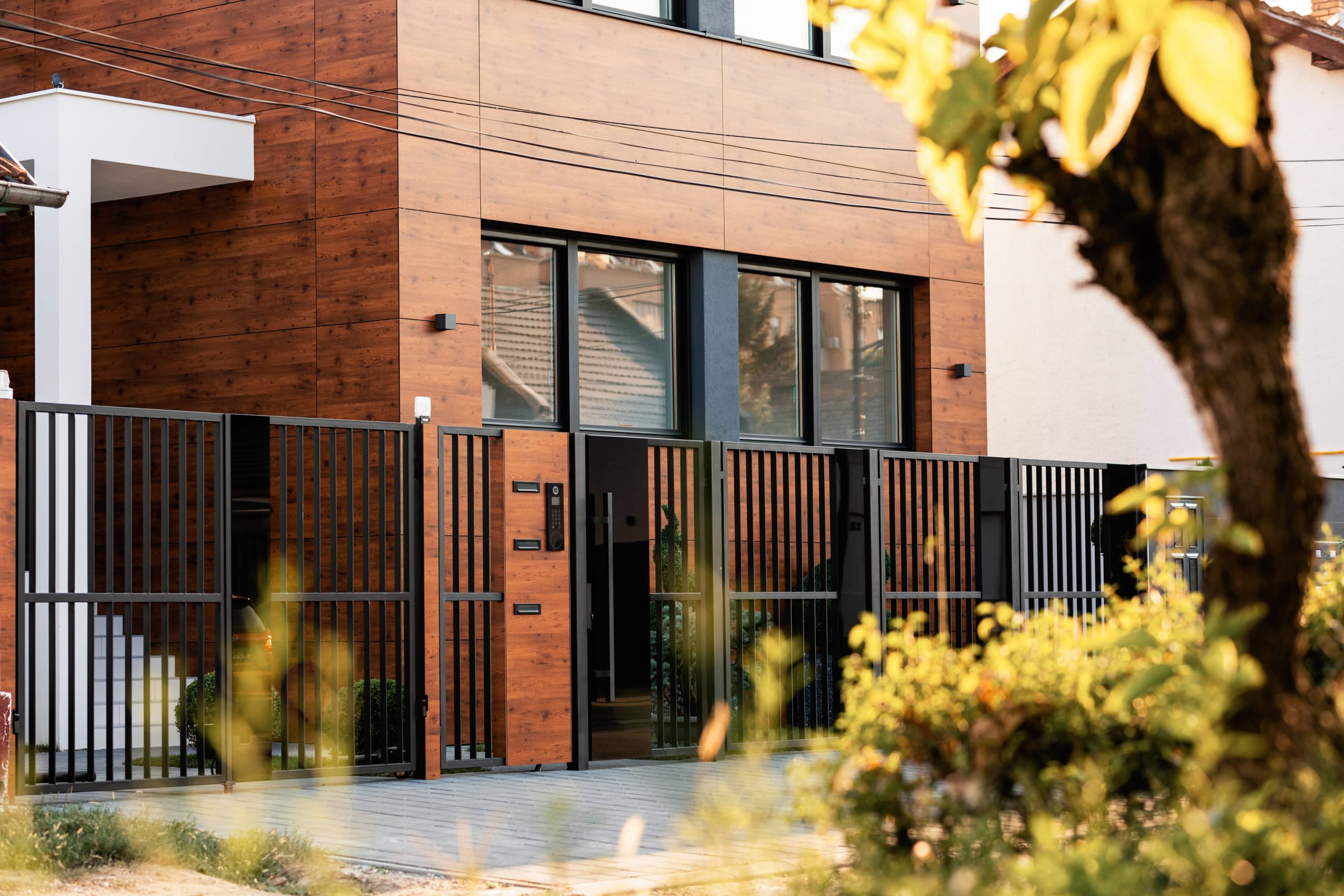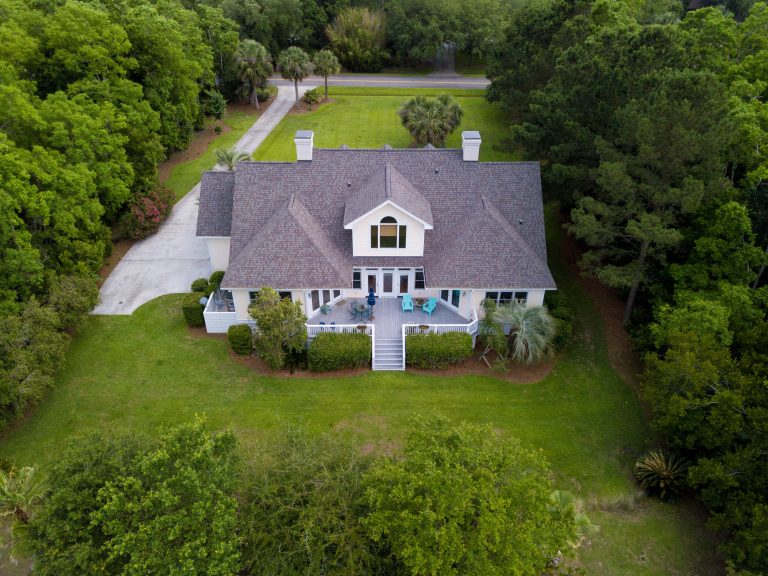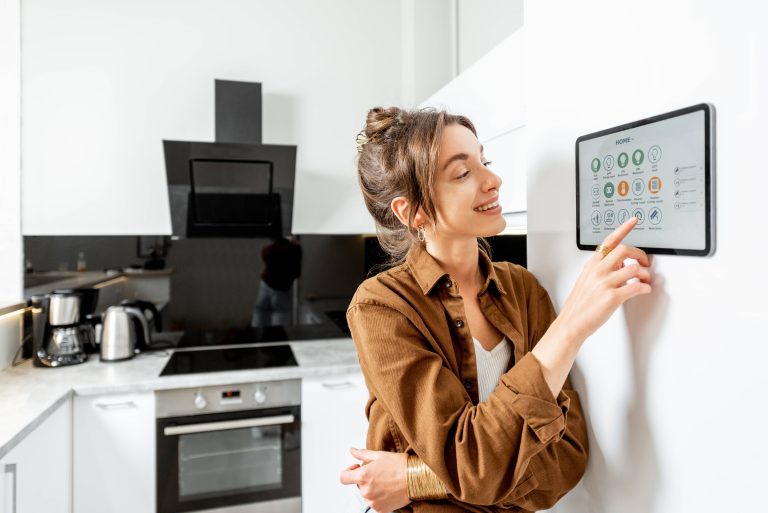
In an age where the concept of the traditional home is continuously evolving, the notion of safety has expanded beyond burglar alarms and deadlocks. Modern security needs have catalyzed the development of a new home feature: the smart safe room. A smart safe room is a fortified space equipped with advanced security, communication, and survival technologies, ensuring the safety and peace of mind of its occupants during crises such as home invasions, natural disasters, or other emergencies. Here’s a comprehensive guide on how you can create an ultimate smart safe room in your home.
1. Design and Structural Considerations
The foundation of any effective safe room is its structural integrity. Choose a location within your home that offers the most protection, ideally a room without windows and centrally located to avoid exterior walls.
Materials and Reinforcements:
– Walls reinforced with steel or concrete to resist penetration.
– A solid core or metal door with additional locking mechanisms.
– Reinforced ceiling and flooring if you’re on a multi-story building.
Ventilation and Utilities:
– Independent ventilation systems with HEPA filters to counter smoke or gas attacks.
– Battery backup for essential lighting and electronic systems.
– Accessible water supply and waste disposal.
2. Smart Security Measures
Integrating smart technology is essential for transforming a robust panic room into an intelligent safe room capable of handling a myriad of situations.
Surveillance Systems:
– Install high-definition surveillance cameras both inside and surrounding the entrance of the safe room. Choose cameras with night vision and cloud storage capabilities.
– Smart doorbells with intercoms to communicate without opening doors.
Access Control:
– Biometric entry systems (fingerprints, retina scanners, or facial recognition) for secure access.
– Remote locking systems that can be controlled via smartphone applications.
Automated Alerts:
– Integrate alerts with your broader smart home system for real-time notifications via smartphones or tablets.
– Motion and sound detectors that trigger alarms and notify authorities if unauthorized access is attempted.
3. Communication Systems
Staying connected with the outside world during an emergency is paramount. Smart safe rooms should be equipped with reliable, high-tech communication tools.
Primary Communication:
– A dedicated landline separate from the main house connection.
– A secure, internet-enabled mobile device loaded with necessary emergency apps and contacts.
Secondary Communication:
– A ham radio or walkie-talkie as a backup in case traditional communication networks fail.
– Panic buttons linked directly to law enforcement or private security services.
4. Emergency Supplies and Equipment
Stock your smart safe room with all essentials for survival during extended stays.
Basic Supplies:
– Non-perishable food items and bottled water (minimum three days’ worth for each occupant).
– First-aid kits and prescription medications.
Essential Equipment:
– Flashlights with extra batteries, or better yet, solar-powered lighting systems.
– Fire extinguishers, blankets, basic tools, and multi-purpose knives.
– Personal safety gear like masks and gloves.
5. Comfort and Psychological Preparedness
Spending time in a confined space can be challenging. It’s crucial to ensure that your safe room is comfortable and accommodating to keep stress levels in check.
Comfort Items:
– Comfortable seating with pillows and blankets.
– Entertainment options such as books, tablets loaded with movies, or board games.
Mental Health Support:
– Inspire a calming environment with smart lighting that can adjust to soothing colors and brightness levels.
– Keep a list of mental exercises or calming apps to help maintain mental well-being.
6. Periodic Drills and Maintenance
An effectively designed smart safe room is rendered useless without regular drills and maintenance.
Regular Drills:
– Conduct routine emergency drills to familiarize family members with the safe room’s location, how to quickly access it, and how to use the room’s features.
– Simulate various scenarios such as during different times of the day or when family members are in distinct parts of the house.
Scheduled Maintenance:
– Regularly check the functionality of all gadgets, from surveillance systems to emergency communication devices.
– Periodically replenish and update supplies, ensuring adequate quantities and replacing expired products.
Conclusion
Creating a smart safe room in your home could potentially be the difference between life and death in an emergency. It combines the traditional concept of a panic room with cutting-edge technology to offer superior protection, communication, and comfort during crisis situations. By fortifying the room structurally, integrating smart security systems, outfitting with reliable communication tools, and ensuring it’s stocked with essential supplies, homeowners can create an impenetrable fortress to keep their loved ones safe. Remember, preparation is key, and the peace of mind afforded by a well-equipped safe room is invaluable in these uncertain times.







